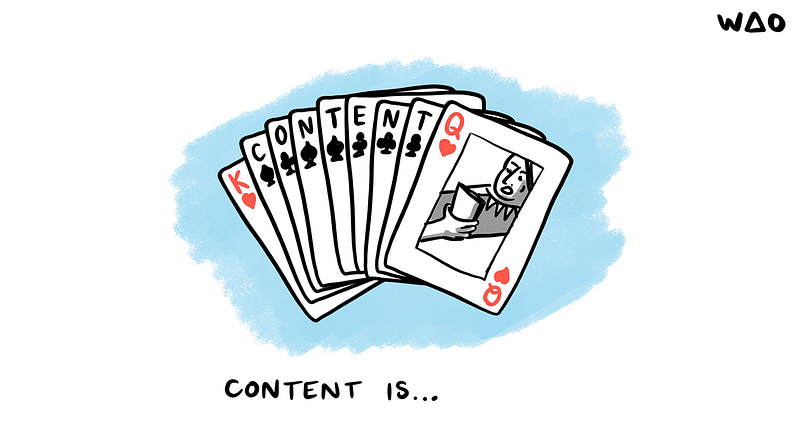
In the Catalyst Definition Programme, We Are Open Co-op is helping 10 charities do the following:
Support charities to prioritise their user needs, and prototype and test solutions using, where possible, existing technologies and platforms.
We’re currently nearing the end of Week 4 and so far we have helped them:
In the past couple of sessions, we’ve moved onto system ecosystems and content audits, putting all of the pieces of the puzzle together before helping them define which problem to pursue with vigour.
System ecosystems
There are many different names for this, but as Laura Hilliger explains in this video, a system ecosystem is a technique for charities to map the territory to focus on during this programme.
The charities did a great job of thinking through their current system ecosystems, including Action Hampshire who wrote about their experience.
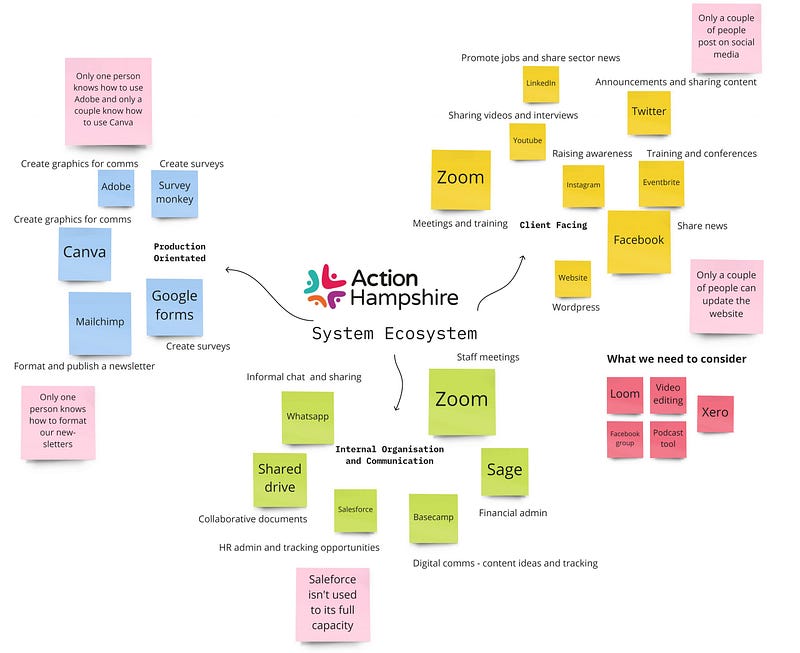
We used Miro for this activity, and the lightpink sticky notes indicate ‘pain points’ in curent provision. The darker pink sticky notes are technologies that the team have come across recently that they might be able to use in any potential solutions.
Content audits
As this Catalyst blog post indicates, thinking carefully about content is crucial to any organisation looking to engage the users it seeks to serve.
There are many different types of content which organisations can use to get the message out to users. The key is to figure out what they want to here, and what questions users would like your organisation to answer.
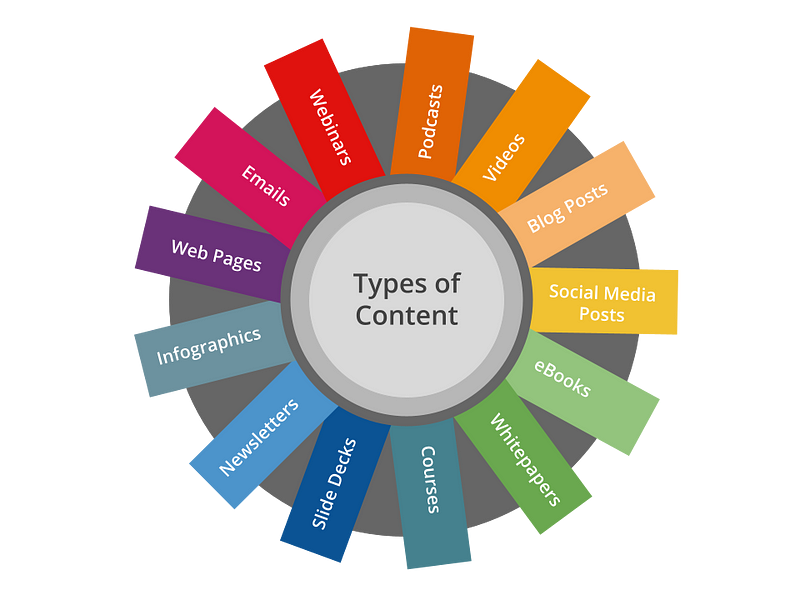
An effective content strategy, however, is not just pumping out content indiscriminately, but to do so according to a plan, and in accordance with user needs. For that, a five-part process works well.

- Content Plan — align your content with the user needs. Identify the topics you will cover and the questions you will answer with your content.
- Content Audit — have a look at your existing content to decide:
- What can be used as-is
- What should be updated
- What needs to be created from scratch
3. Production Plan — decide on the format (e.g. video, podcast, web page) of each piece of content. Identify who will be the author, subject experts, and other people you need to contribute to it.
4. Performance Measures — be realistic about how you want each piece of content to ‘perform’ within the channel you are using to promote it. Decide how you will track and measure this.
5. Distribution Plan —use these 4W’s to ensure each piece of content gets to users in a timely way:
- Who
- What
- When
- Where
An example of how this all comes together in our own work can be seen below, working from left to right:
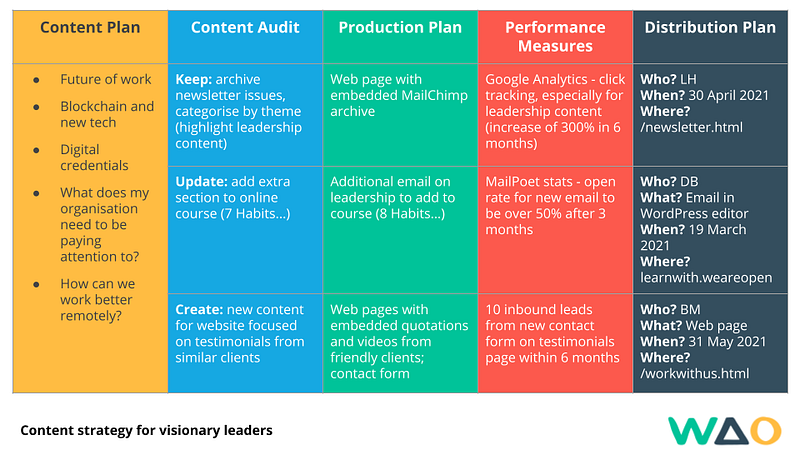
Next steps…
Next up for charities is defining their ‘MLP’ or ‘Minimum Lovable Product’ — i.e. a product or service that will delight their core users. To do this requires a deep level of prioritisation, coupled with a curiosity about “how might we…?”
We’re looking forward to seeing what they come up with!
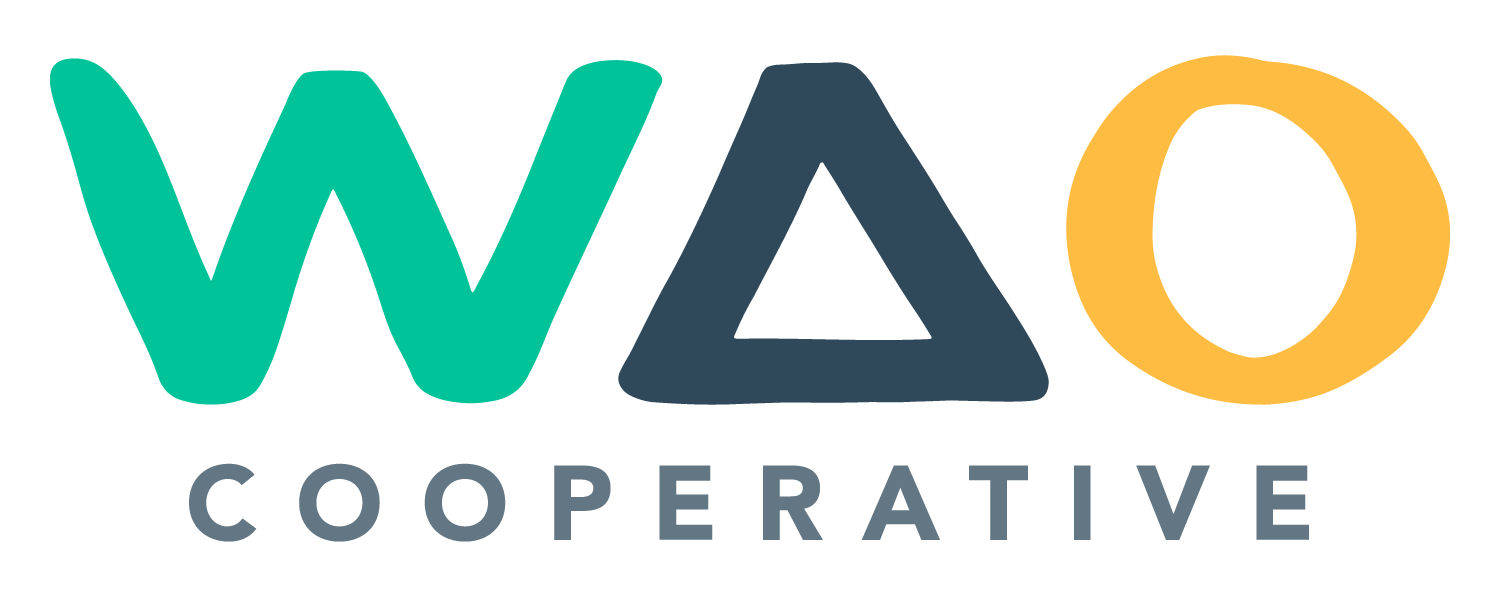
Discussion